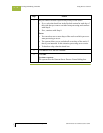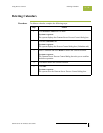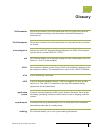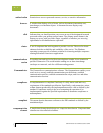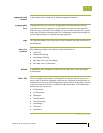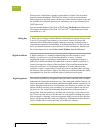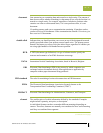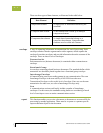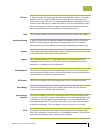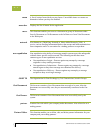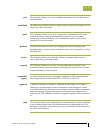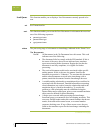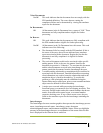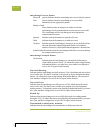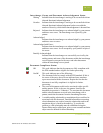
Gentran:Server for Windows – November 2005 Gentran:Server for Windows User’s Guide
GL - 6
There are three types of data elements, as illustrated in the table below:
envelope A way of separating information in transmissions for ease of processing. Each
envelope contains a header segment and a trailer segment, which separate the
envelope from other envelopes and provide information about the contents of the
envelope. There are three levels of envelopes:
Transaction Set
Each transaction set (business document) is contained within a transaction set
envelope.
Functional Group
An envelope containing related business documents. The standards define which
transaction sets should be placed together into a functional group envelope.
Interchange Envelope
All material being sent to one trading partner in one communication. The term
Interchange Envelope is the term used by ANSI. EDIA uses the term
Transmission Envelope to refer to this level of envelope. Since we use the term
transmission for other uses, we refer to Interchange Envelope only.
Note
A communications session could easily include a number of interchange
envelopes. For this reason, the standards-setting bodies are considering a fourth
level of envelope to cover an entire communications session.
export This function enables you to write a document or documents to an external file for
processing by another application. There must be a system or a partner-specific
export translation object for the document.
Data Element Definition
Simple data element A single piece of information defined by the
standards.
Composite data element A data element that is made up of multiple
component elements.
Component data element A simple data element that belongs to a
composite data element. Component data
elements are also called sub-elements.



